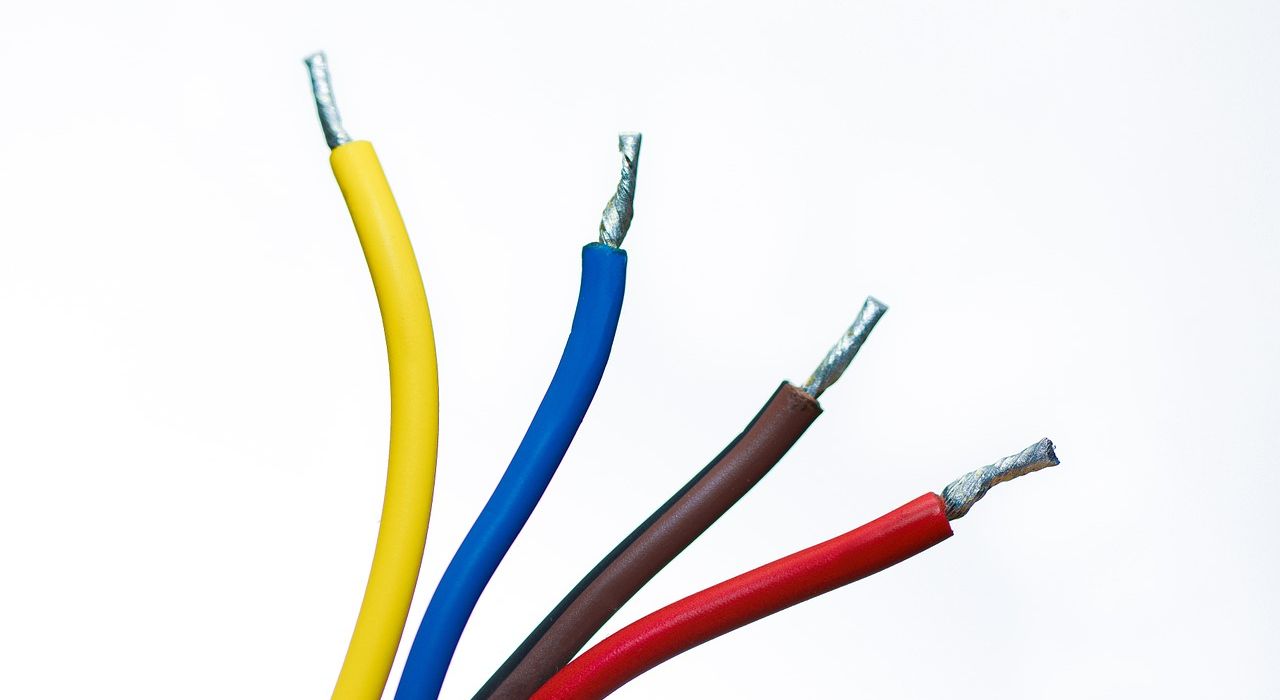
U.S. patent examiners often use an optimization rationale when rejecting claims as obvious. Such situations typically arise when a claim recites a range of possible values for a certain variable, and the prior art discloses a value of the variable that is outside the claimed range. In these situations, examiners usually take the position that the claimed range would have been obvious to obtain by routine optimization of a “result-effective variable,” i.e., a variable that achieves a recognized result in the prior art.
In other situations, however, examiners apply a result-effective variable rationale to a claimed property that is not disclosed in the applied prior art. This is illustrated in the recent Patent Trial and Appeal Board (“Board”) case of Ex parte Horiuchi (Appeal No. 2020-000126).
In Horiuchi, independent claim 1 recited:
A covering material for an electric wire, the covering material having a composition containing a polyvinyl chloride,
wherein the composition of the covering material comprises a characteristic such that a change curve of a loss modulus with respect to temperature for the composition of the covering material containing the polyvinyl chloride has no peak within a temperature range of -30°C to 60°C, which is a temperature range in a usage environment for the electric wire, and
wherein the composition of the covering material comprises more than or equal to 35 parts by weight and less than or equal to 50 parts by weight of a plasticizer and 2 to 20 parts by weight of a flexible resin with a melt flow rate of 1.0 g/10 min or less, the plasticizer and the flexible resin combined with respect to 100 parts by weight of the polyvinyl chloride such that the composition comprises the characteristic.
The examiner rejected claim 1 as obvious. The examiner acknowledged that the applied prior art did not disclose the claimed property of a change curve of loss modulus having no peak within a temperature range of -30°C to 60°C. However, the examiner took the position that the
change curve of loss modulus with respect to temperature is a result effective variable. As the change curve of loss modulus with respect to temperature peaks the material undergoes a decrease in flexibility. Thus, it would have been obvious to…have a covering material that has a change curve of loss modulus with respect to temperature which shows no peak within a temperature range in a usage environment for the electric wire motivated by the expectation of maintaining flexibility over the usage environment for the electric wire, since it has been held that discovering an optimum value of a result effective variable involves only routine skill in the art.
In response, the applicant argued that the claimed property of having no peak within a certain temperature range of the change curve of loss modulus was not itself a result-effective variable known in the prior art. Instead, the applicant explained that this claimed property depended on at least five other variables: the amount of plasticizer, the amount of flexible resin, the melt flow rate of the flexible resin, the relative proportions of components, and temperature. The applicant argued that a skilled artisan would understand that “such a complex combination of material concentrations along with melt flow rates could not be summarily characterized as one ‘variable’ in the form of a simple graph of loss modulus v. temperature, that could be routinely manipulated.” Thus, the applicant argued that it would not have been obvious to achieve the claimed property from the applied prior art.
The Board agreed with the applicant, and reversed the obviousness rejection. The Board did not explain its reasoning regarding the examiner’s result-effective variable rationale, other than mentioning that it adopted the reasoning provided by the applicant. However, the Board emphasized that the amount of plasticizer in the claims (35 to 50 parts by weight with respect to 100 parts PVC) was higher than the upper limit in the applied prior art (30 parts by weight with respect to 100 parts PVC). The Board noted that the applied prior art taught away from using an amount of plasticizer higher than 30 parts by weight, since doing so could cause the covering material to have an insufficient damage-resistance property. The Board concluded that “the Examiner does not explain adequately how one skilled in the art would arrive at the claimed covering material from the [applied prior art].”
Takeaway: Whenever an examiner takes the position that a claimed property is a result-effective variable that would have been obvious to optimize, it is important to carefully evaluate the teachings of the prior art relating to the claimed property. If, as in Ex parte Horiuchi, the claimed property is distinguishable from variables in the prior art, then this distinction can help overcome an examiner’s obviousness rejection. If the claimed property is related to certain claimed variables (such as concentration of a component), but the claimed values of these variables do not overlap the corresponding values in the prior art, this approach can be particularly useful.
Judges: Smith, Cashion Jr., Inglese
by Matthew Barnet
Matthew E. Barnet, Ph.D., is a patent attorney and partner at Element IP. His practice focuses on patent procurement and client counseling, including expertise in validity and infringement opinions.

One comment
Pingback: 結果効果のある変数により自明と判断された場合の有効な対応策 - Open Legal Community
Comments are closed.